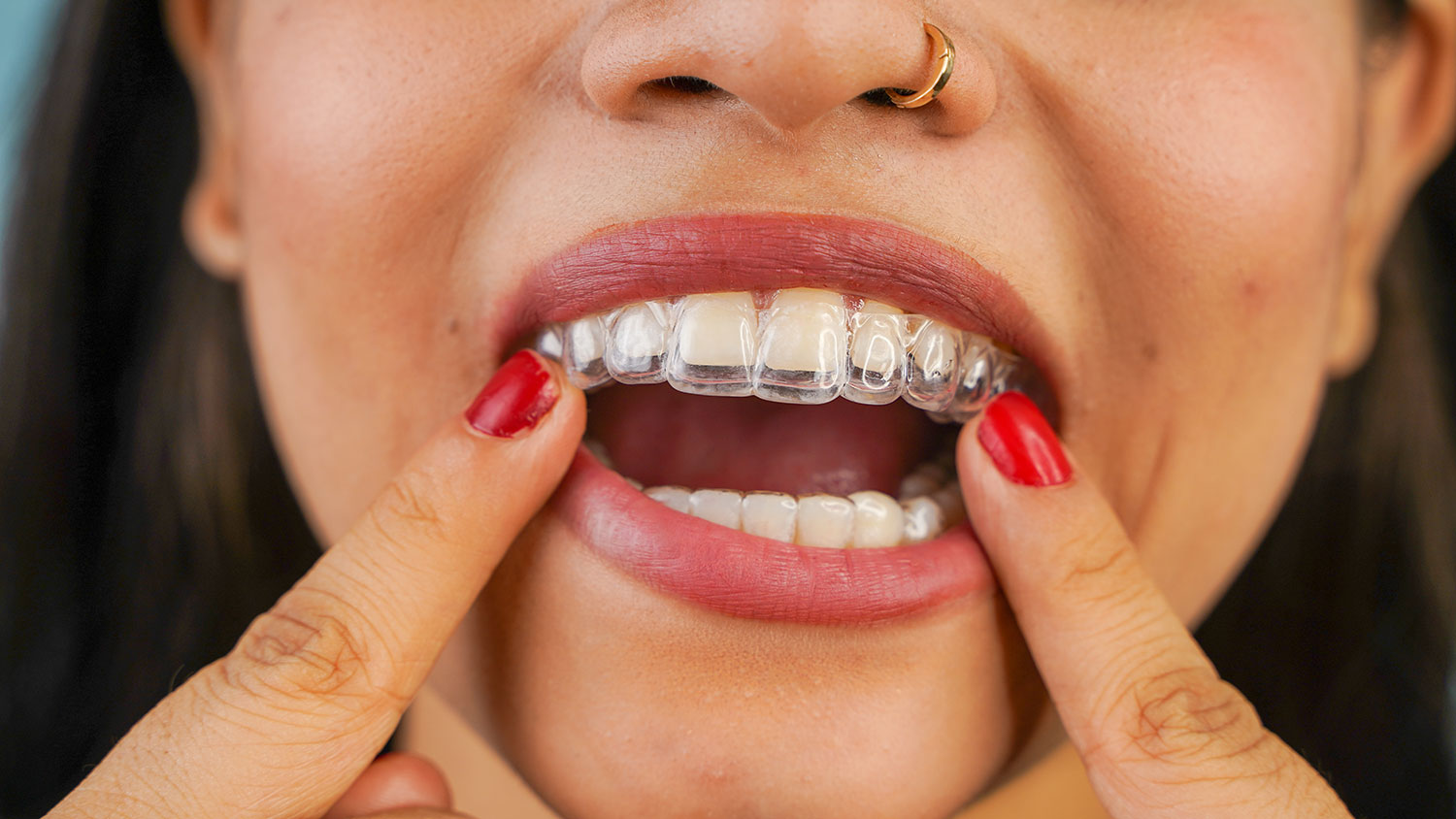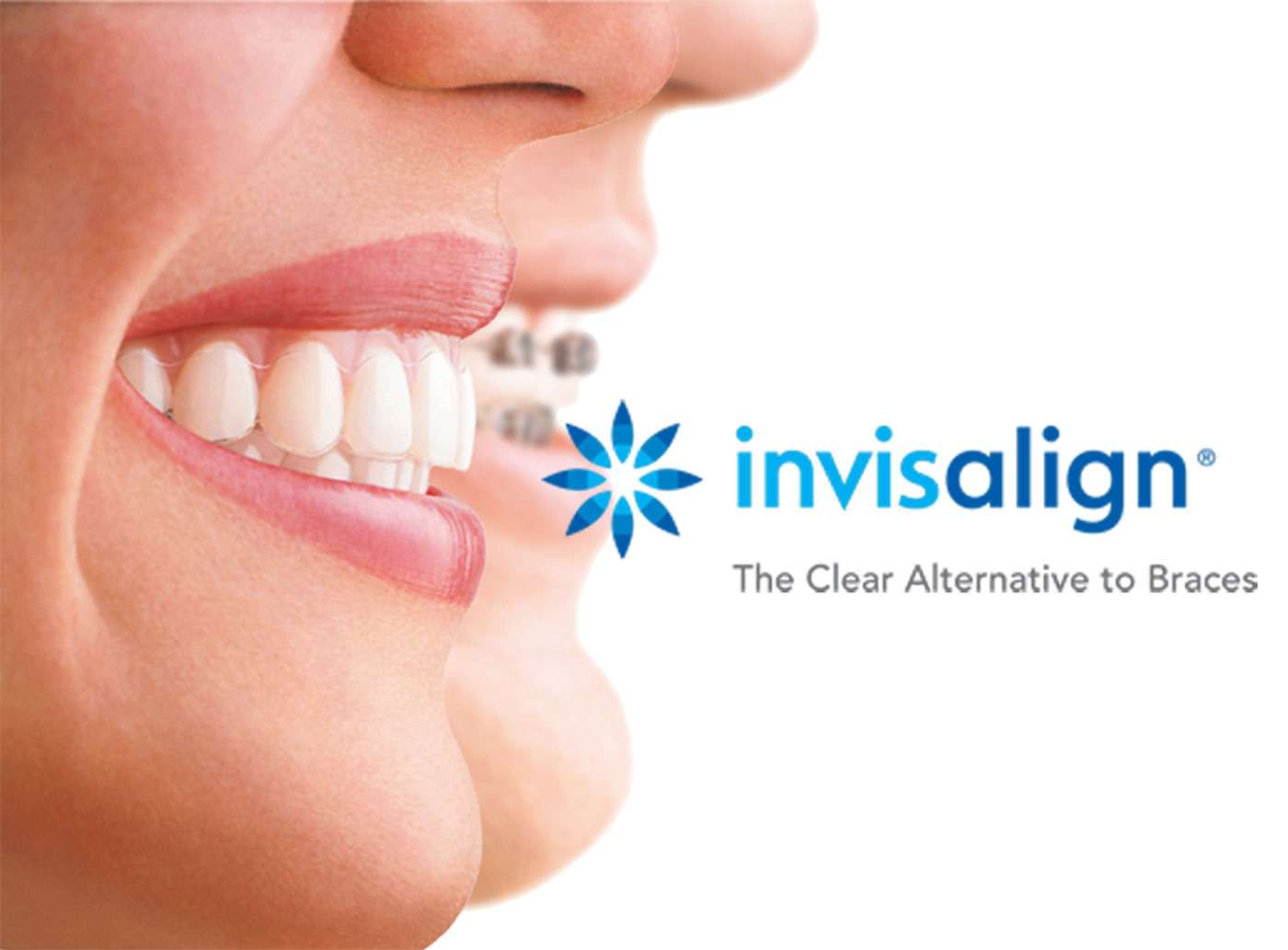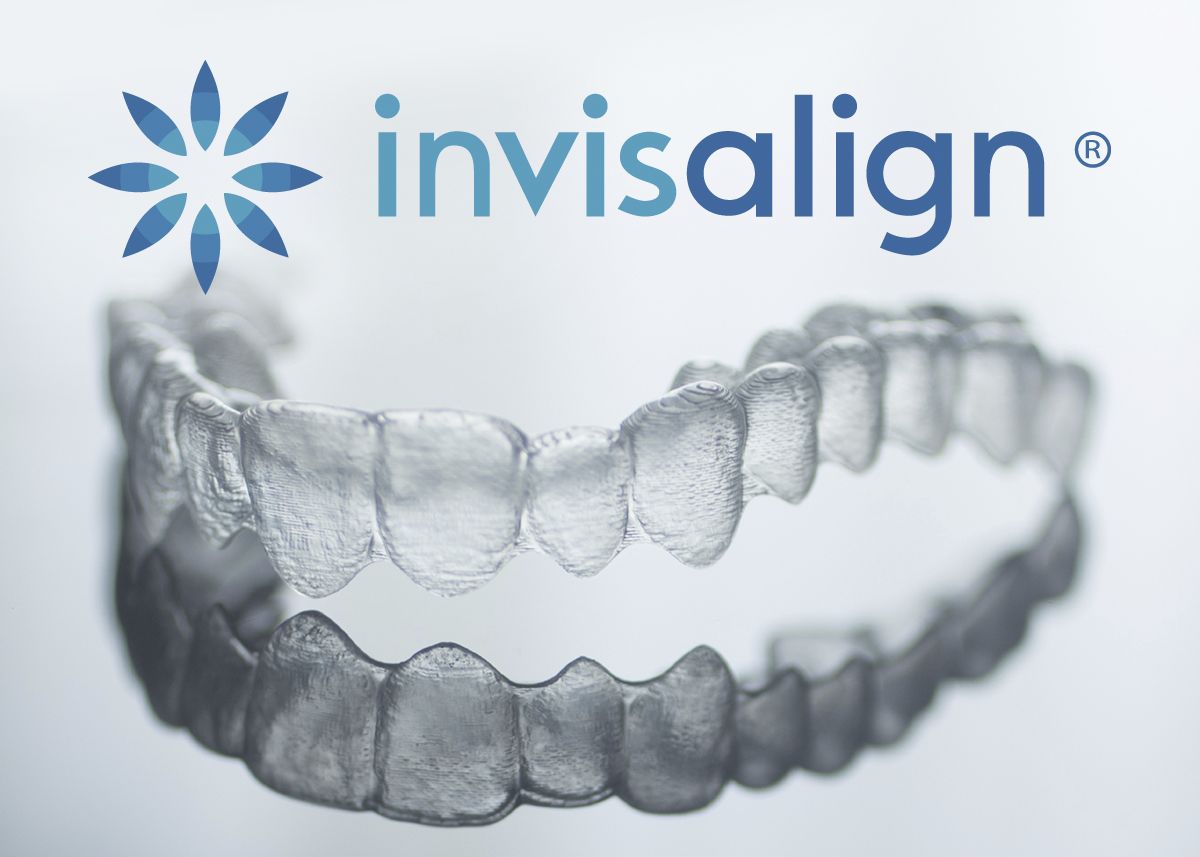Invisalign for Teens: A Modern Solution to Straightening Young Smiles
Invisalign for Teens: A Modern Solution to Straightening Young Smiles
Blog Article
Invisalign vs. Traditional Dental braces: Which Option Is Right for You?
When thinking about orthodontic therapy, the option between Invisalign and standard braces offers a number of essential factors that warrant cautious evaluation. Invisalign offers a very discreet option with detachable aligners, while conventional dental braces offer an extra visible yet effective remedy for severe misalignment. Each option encompasses distinctive benefits and disadvantages associated to aesthetics, comfort, treatment duration, and cost. Understanding these subtleties is essential for making an informed choice that straightens with your personal choices and lifestyle. The concern continues to be: which option will finest fulfill your orthodontic demands and assumptions?
Summary of Treatment Choices

On the other hand, typical dental braces include steel braces and cords that are adhered to the teeth. This technique applies continual pressure gradually to attain alignment. While efficient for complex orthodontic concerns, traditional dental braces need routine check outs for modifications and can position challenges in preserving dental health due to the problem of cleaning up about cables and braces.
Both choices have their qualities, and the option usually depends upon particular oral problems, way of living preferences, and client conformity. Eventually, consulting an orthodontic specialist is important for establishing one of the most suitable therapy strategy tailored to specific needs. Understanding the nuances of each option can substantially influence the general success of orthodontic treatment.
Visual Considerations
A substantial variable affecting the option in between Invisalign and conventional dental braces is the visual appeal each treatment provides. Invisalign aligners are crafted from clear plastic, making them virtually invisible when worn. This very discreet look is specifically attracting grownups and teenagers that might really feel uneasy about their orthodontic therapy. The capacity to keep a natural smile throughout the positioning procedure can substantially boost the client's confidence in professional and social setups.
In comparison, typical braces include steel brackets and cords, which can be a lot more obvious. While developments in orthodontic technology have caused the growth of smaller sized braces and colored elastics, standard braces still maintain a more conspicuous account. For some individuals, the exposure of braces might hinder them from seeking necessary treatment.
Ultimately, the option between Invisalign and typical dental braces may rest on personal preferences relating to visual appeals. Clients who focus on discernment usually lean toward Invisalign, while those that are much less worried about visibility might choose standard dental braces. Recognizing the visual implications of each choice is critical for making an informed decision that aligns with one's way of living and preferences.
Convenience and Convenience

In regards to comfort, Invisalign aligners are removable, making it possible for individuals to enjoy their preferred foods without limitation and preserve optimum dental hygiene. Cleaning and flossing are streamlined, as the aligners can be obtained during these routines, whereas traditional braces require cautious navigating around brackets and wires.
In comparison, standard braces require regular adjustments, making them less hassle-free for those with busy timetables. In general, the convenience and benefit of Invisalign make it an enticing choice for many people seeking orthodontic treatment.
Therapy Period and Efficiency
While both Invisalign and standard dental braces work in correcting dental misalignments, the period of therapy can differ significantly in between both options. Normally, Invisalign therapy can take anywhere from 12 to 18 months, depending upon the complexity of the instance. The clear aligners function by progressively moving teeth into their wanted positions, and normal follow-ups with an orthodontist assistance make certain progression remains on course.
On the other hand, standard braces usually need a longer commitment, usually varying from 18 months to 3 years. This results from their fixed nature and making use of cables and brackets, which can be extra reliable for extreme imbalances and complex cases (Invisalign). The therapy performance of standard braces is well-documented, as they permit accurate changes and higher control over tooth movement
Eventually, the choice in between Invisalign and conventional dental braces may hinge on read more both the anticipated therapy duration and the details oral issues at hand. Consulting with an orthodontist is essential, as they can supply customized referrals based upon specific requirements, making certain the chosen technique aligns with desired outcomes and timeframes.
Expense Contrast and Insurance Coverage Options
Expense plays a substantial role in the decision-making process for individuals considering orthodontic treatment, whether choosing Invisalign or typical braces. Usually, the price of Invisalign arrays from $3,000 to $8,000, while typical dental braces generally cost in between $2,000 and $6,000. Aspects influencing these prices consist of the complexity of the situation, the duration of treatment, and geographical location.
Numerous oral insurance coverage plans offer partial insurance coverage for orthodontic therapies, but the specifics can vary widely. Generally, traditional dental braces may be more often covered by insurance policy plans compared to Invisalign, which some insurers categorize as an aesthetic treatment.
In addition, several orthodontic techniques supply flexible repayment strategies, making both treatment options much more available. People must inquire concerning prospective funding options and discounts for ahead of time settlements. Reviewing the total price, including insurance coverage benefits and layaway plan, is necessary for making a notified decision that straightens with both visual choices and budget considerations.

Verdict
In summary, the option in between Invisalign and traditional braces rests on numerous elements, consisting of aesthetic choices, comfort, treatment duration, and cost. Invisalign supplies a very discreet, removable choice web that facilitates oral health and nutritional flexibility, while conventional braces might be better for intricate dental issues and commonly come with a lower price point. Ultimately, assessment with an orthodontist is necessary to examine individual scenarios and establish one of the most suitable therapy alternative for accomplishing optimum dental alignment.
When taking into consideration orthodontic treatment, the choice between Invisalign and conventional dental braces provides several important elements that merit mindful examination.Contrasting Invisalign and conventional dental braces exposes distinctive therapy alternatives for orthodontic correction.While both Invisalign and traditional braces are effective in dealing with dental misalignments, the period of therapy can vary considerably in between the 2 options.Expense plays a significant function in the decision-making process for individuals thinking about orthodontic treatment, whether opting for Invisalign or typical braces.In recap, the option in between Invisalign and traditional braces pivots on multiple variables, consisting of visual choices, comfort, therapy period, and expense.
Report this page